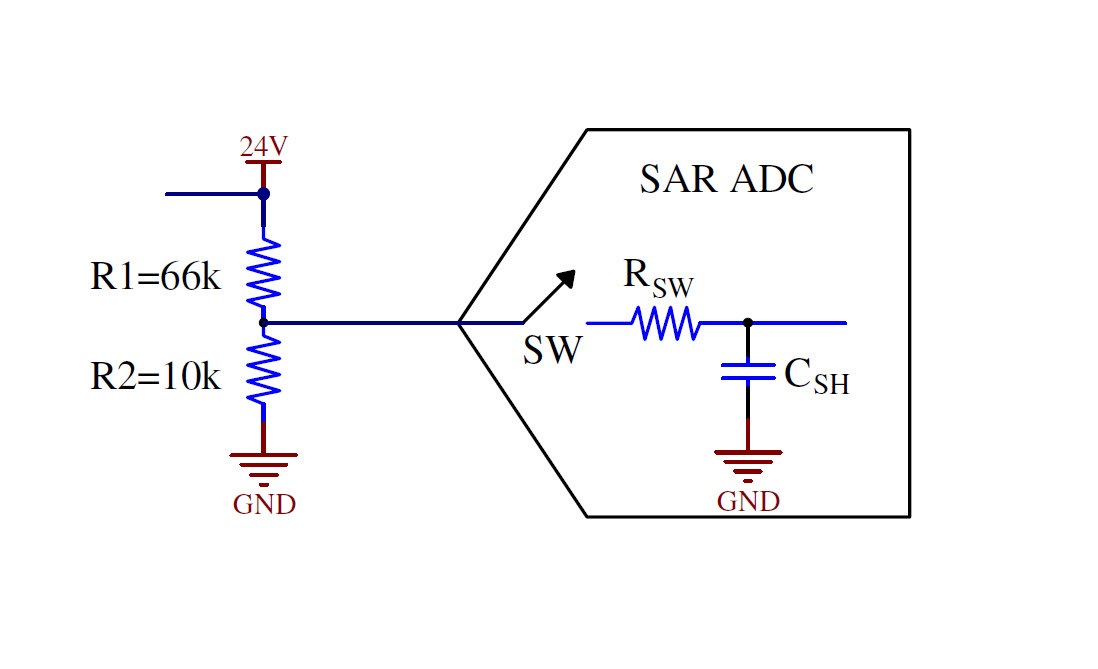Hi
I saw in the AMC7812 datasheet (pag.29) that "if the signal source has high impedance it is recommended to buffer the analog input before applying it to the ADC".
May be that in my project I'll use a voltage divider (about 66k/10k resistors) to read signals at 24 Vdc but for the moment I'm not sure...
Please, could tell me which is the limit for the impedance of the signal source that it is not necessary the use of the buffer?
Thank you, Nicola


